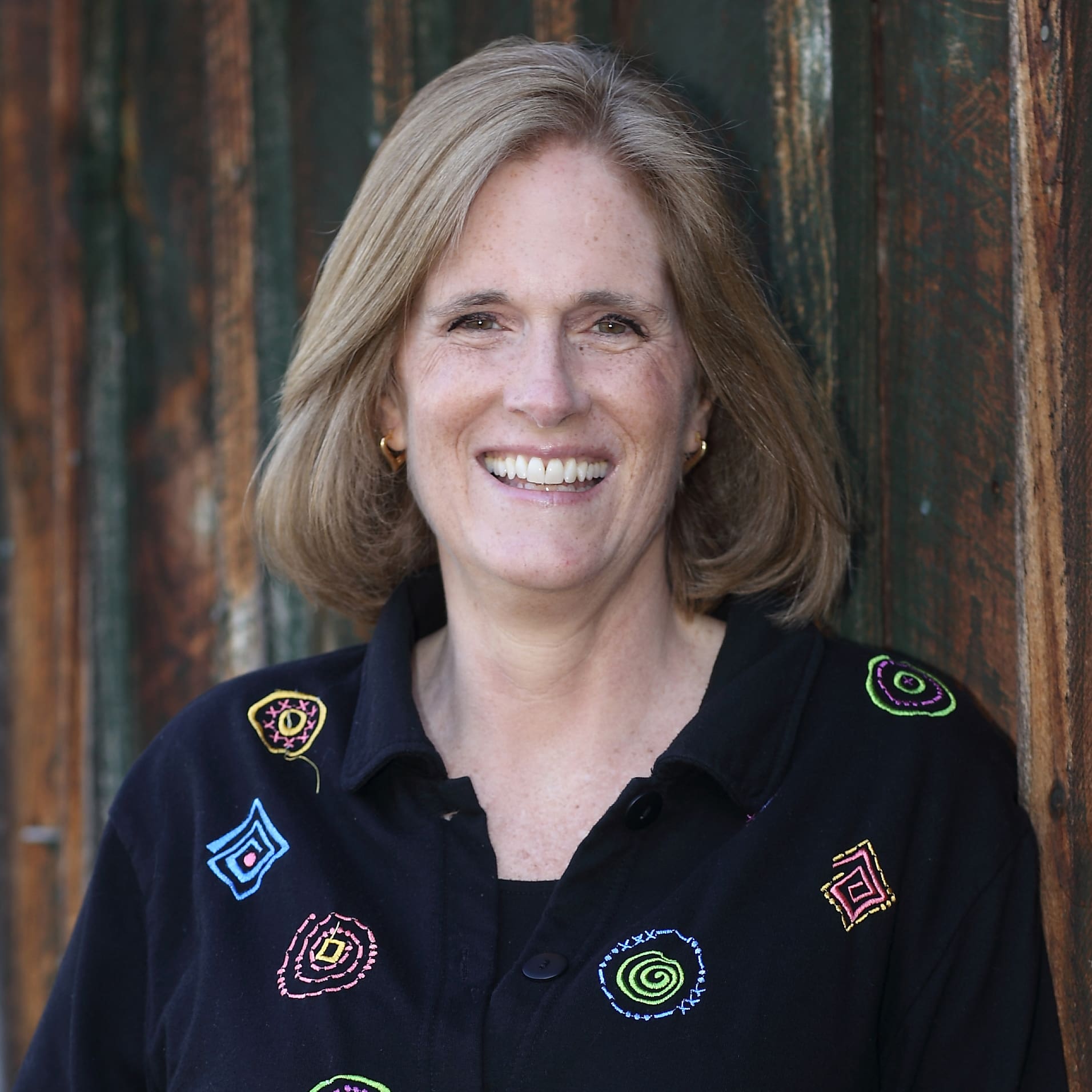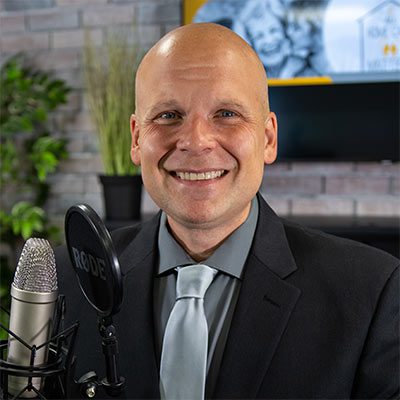Predictive Analytics Saves Lives – Show #142
- Predictive Analytics Saves Lives - Show #142 globalmarketingshow 29:49
Thorsten Waloschek is CEO of NeoPredics AG, a Swiss digital health startup revolutionizing neonatal and maternal care through predictive analytics. Its first product, BiliPredics, predicts neonatal jaundice progression and is already available in both European and U.S. markets. By analyzing biomarker data, BiliPredics can forecast a baby’s bilirubin levels for up to two and a half days after hospital discharge, enabling healthcare providers to make more informed decisions about when to send newborns home.
“The very last thing you want to do is rush back to the hospital within two days,” Thorsten explains. Such returns disrupt crucial parent-child bonding and lactation and can cause unnecessary Stress for new families. Hospitals can provide preventive treatment by identifying at-risk infants before discharge, ensuring a smoother transition to home life.
Building upon BiliPredics’ success, NeoPredics is currently in development of a similar solution for preeclampsia, a hypertensive disorder that affects 2% to 10% of pregnancies globally, according to the World Health Organization (WHO). The exact numbers vary according to geographic region, but on average, the WHO attributes 70,000 maternal deaths and half a million fetal deaths to the condition annually. (Khan B, et al. Preeclampsia Incidence and Its Maternal and Neonatal Outcomes With Associated Risk Factors. Cureus. 2022 Nov 6;14(11). PMCID: PMC9723483, PMID: 36483900.) NeoPredics’ Technology aims to identify high-risk pregnancies as early as 12 weeks into gestation, prompting proactive medical intervention.
In this episode, Thorsten describes the whirlwind process of building a global healthcare business, particularly when navigating regulatory environments and cultural nuances across different markets.
Strategic Global Expansion
Founded in 2020 in Switzerland, NeoPredics took an early international approach, establishing their U.S. subsidiary just one year later. This quick expansion into the American market wasn’t merely opportunistic; it was strategic:
Why the US? Because it’s still the single, unified, biggest medical device market in the world. We entered the United States and then went back into Europe, which was the second step because of regulatory challenges. But in the end, it’s global. We want to help every newborn baby, young family, and pregnant woman. It’s not only about healthcare disparities and racial discrimination; it happens everywhere in the world. Pregnant women and newborn babies are always the least taken care of by the population, no matter where.
In addition to strategic market selection, Thorsten emphasizes the importance of local partnerships, especially for startups with limited resources. “I would never try it on my own,” he says about entering new markets. “I would always look for a partner that helps us as a company to enter that market.”
Local partnerships will help with cultural Integration, which is integral to global business success. Thorsten describes how different regulatory approaches reflect more profound cultural distinctions; for instance, the contrast between European “black and white” regulatory environments and the more negotiation-friendly American system reflects how each culture conducts business. Thorsten provides additional insight into managing cross-cultural communication, including translation. His approach combines several key elements:
- Local language integration. Instead of solely relying on interpreters, NeoPredics seeks partners or consultants who speak the local language and understand the medical industry. This approach ensures both linguistic accuracy and cultural relevance.
- Layered translation process. For technical documentation, the company employs a two-step process: First, professional translation services provide a grammatically correct translation, and then local, native-speaking subject matter experts review it to refine the cultural nuances.
- Cultural context. For example, Thorsten points out that direct-to-consumer medical marketing, common in the U.S., remains prohibited in Germany, necessitating different marketing approaches in each market.
Navigating Regulatory Challenges
Thorsten explains that regulatory frameworks worldwide were formulated primarily around hardware-based medical devices, creating unique challenges for software-based solutions like predictive analytics. “And suddenly, not suddenly, but for the last 10, 15, 20 years, more and more software is coming,” he adds. This disconnect has led to interesting developments in market entry strategies. While Europe was traditionally considered an easier first market for medical devices, that dynamic has shifted, with many companies now finding the FDA process more straightforward for software-based solutions.
Thorsten’s best advice is to “Pick a country where you want to get your foot in, where you have your anchor point, and go from there. Don’t ‘go into Europe’. That doesn’t mean anything. Go into one country in Europe.”
Listen to the full episode to learn more about balancing technical Innovation, strategic market selection, and cross-cultural communication.
























